Wanderers, The (1979)
“Sometimes all you got is pride. You gotta hold your head up high.”
|
Synopsis: |
|
Genres, Themes, Actors, and Directors:
Response to Peary’s Review: He points out that while “there is much brutality,” “this past is shown to be a time of innocence because it doesn’t compare to the Vietnam years ahead” — though we do also see the “end of innocence [as] reflected by Kennedy’s assassination, the recruitment of the Fordham Baldies into the military, graduation, [and] boys running away to California.” Peary writes that the “picture has drive, humor, much nostalgia, erotic moments (e.g., Allen suggests a strip-poker game)”: … “an epic battle of the gangs, and terrifying scenes in which our heroes wander into a weird gang’s section of town.” Peary elaborates on his assessment of this film in his Cult Movies 3 book, where he points out that it “had the misfortune to be released after violence at theaters showing The Warriors (1979) and [the non-GFTFF-listed] Boulevard Nights (1979) made theater owners afraid to book gang pictures and patrons reluctant to attend them.” He argues that it’s “a shame” this flick “was pigeonholed as nothing more than a ‘gang picture’ when in fact it touches on the universal experiences of the average American teenager,” and “might easily have been promoted as an American Graffiti with slick pompadours and teased hairdos, tight sweaters and push-up bras, and gold-on-maroon satin jackets.” As Peary notes, the film’s “appeal is based less on violence than early-sixties nostalgia for friends, foes, make-out parties, romance, copping feels, great rock ‘n’ roll, bowling, football, school, hairstyles, [and] clothes.” As such, its appeal to film fanatics these days may be more limited than when it was released, though it remains a solidly filmed period piece. Peary also discusses some of the film’s shortcomings in his Cult Movies 3 review — noting, for instance, that “surely the film would have benefited from a scene or two in which Richie and Joey, or Joey and Perry, open up to each other, so we can get more insight into their fears, their goals, [and] their dreams” (I agree). He points out that “there is room for such quiet moments, because there are superfluous scenes that should have been discarded.” While Peary happens to “like the classroom scene in which the liberal Mr. Sharp (Val Avery) attempts to be Glenn Ford in The Blackboard Jungle (1955) and teach ‘brotherhood’ to his class, only to have tensions increase between the Italians and blacks,” I find it cringeworthy. (Was it really a good pedagogical idea to have the kids throw out all the slurs they could think of for the other primary ethnic group in the room?) Meanwhile, Peary refers to the culminating football game, though “based on a real event,” as “an awkwardly filmed cliche, not as funny as the Marx Brothers’ football romp in Horse Feathers (1932), [and] not as raucous as the game in M*A*S*H (1970)” — and he argues that the attack sequence “is quite ludicrous.” With all that said, I agree with Peary that “the earlier, equally surreal scenes with the Ducky Boys” are “among the best moments in the film, and” — contrary to much critical opinion — “quite appropriate” given that “they properly convey the terror every gang member must have felt back then when he found himself stranded in strange, hostile territory” with “anyone who emerged from the shadows [taking] on monstrous proportions.” This film has quite a few subplots to follow, and those who are interested in the time period and topic should give it a look — but it’s no longer must-see viewing for all film fanatics. Notable Performances, Qualities, and Moments: Must See? Links: |

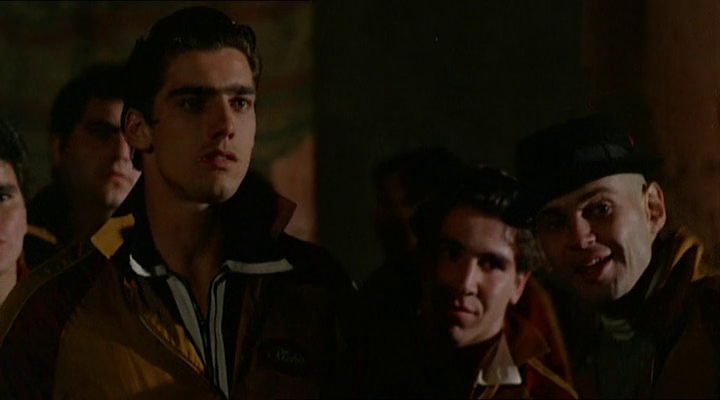


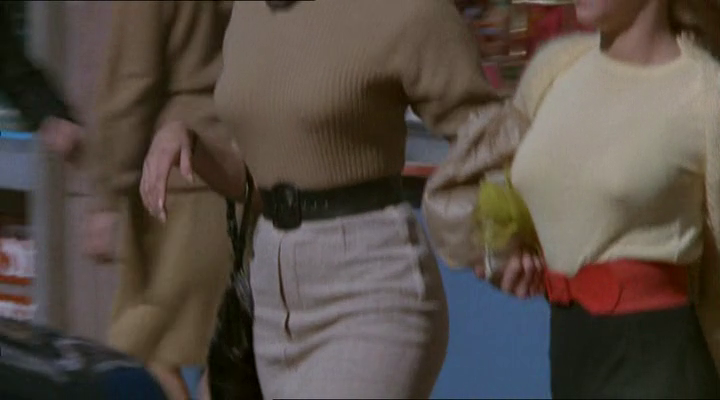
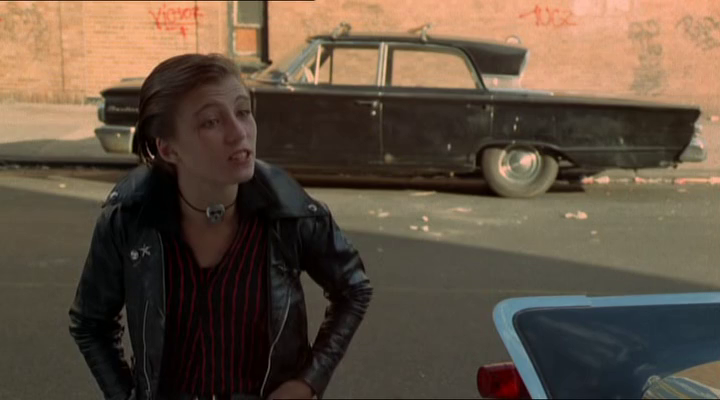
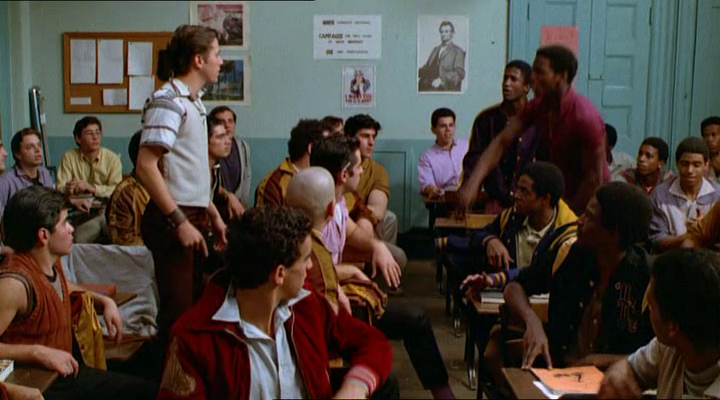

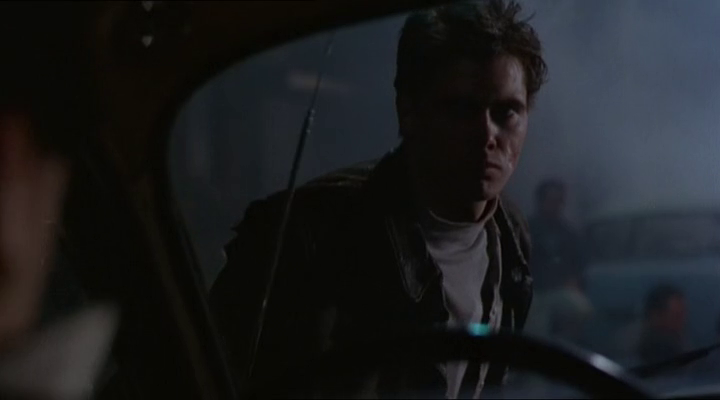

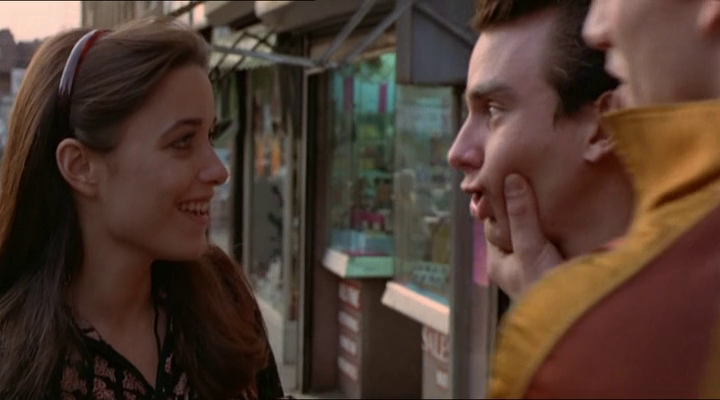


One thought on “Wanderers, The (1979)”
First viewing. Not must-see, but those nostalgic about the period will want to check it out.
My enthusiasm was up early on in the watch. I liked the particular liveliness / humor even though the type of film was all-too-familiar. However, as the plotless ‘story’ continued, and it seemed clear that the film was going to go from scene to scene without development, I started to get a little bored – feeling at that point that the film is too long and it could have benefitted from a bit more depth.